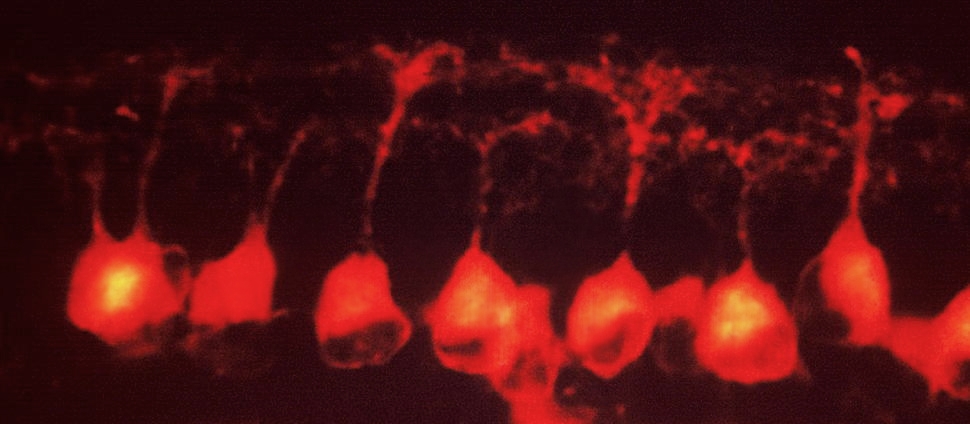Document Type
Article
Publication Date
10-1-2019
Publication Title
Developmental Cognitive Neuroscience
Abstract
Socioeconomic status (SES) is associated with executive function (EF) and prefrontal cortex (PFC) development. However, understanding of the specific aspects of SES that influence development of EF and the PFC remains limited. We briefly review existing literature on proposed mechanisms linking SES with EF. Then, we present a novel conceptual model arguing that early cognitive stimulation shapes EF and PFC development. We propose that cognitive stimulation drives lower-level sensory and perceptual processes that may impact EF and PFC development through reciprocal connections between the ventral visual stream and PFC. We argue that caregivers guide attention and associative learning, which provides children the opportunity to regulate attention and gain semantic knowledge. This experience in turn allows for opportunities to train the PFC to resolve conflict between stimuli with overlapping features and engage in increasingly complex computations as visual processing systems develop; this may lay the groundwork for development of EF. We review existing evidence for this model and end by highlighting how this conceptual model could launch future research questions.
Keywords
Caregiver interactions, Cognitive development, Cognitive stimulation, Language exposure, Ventral temporal cortex
Volume
39
DOI
10.1016/j.dcn.2019.100699
ISSN
18789293
Version
Version of Record
Recommended Citation
Rosen, Maya L.; Amso, Dima; and McLaughlin, Katie A., "The Role of the Visual Association Cortex in Scaffolding Prefrontal Cortex Development: A Novel Mechanism Linking Socioeconomic Status and Executive Function" (2019). Neuroscience: Faculty Publications, Smith College, Northampton, MA.
https://scholarworks.smith.edu/nsc_facpubs/151



Comments
Archived as published.